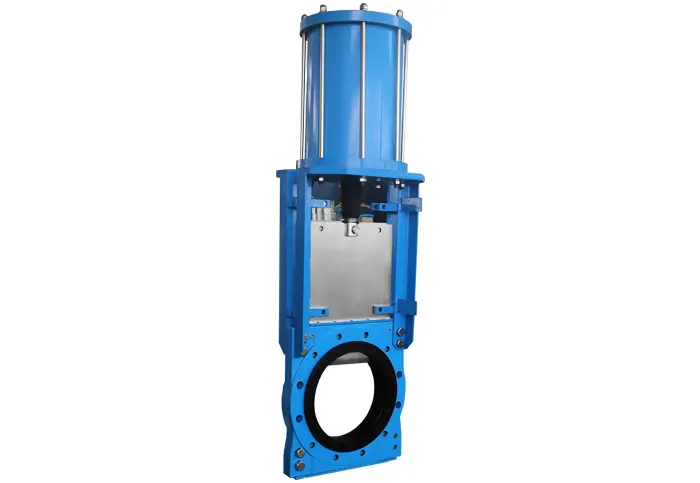Gate Valves
Leading valve technology for complete shut off
KLINGER Gate valves are widely used to isolate specific areas of the water supply network during maintenance, repair works, new installations, as well as to reroute water flow throughout the pipeline. They are installed in pipelines as isolating valves and are often used when minimum pressure loss and a free bore is necessary.
A gate valve controls the flow by lifting the gate (open) and lowering the gate (closed). Thus, it is used either in the fully closed or fully open positions. When fully open, the KLINGER gate valve has no obstruction in the flow path allowing very minimal pressure losses. As the valve is required to turn multiple times to go from open to closed position, the slow operation also prevents water hammer effects.
Gate valves have more height than ball valves due to their high body and upward stem and gate movement for rising stem design. Gate valves use a sliding plate within the valve body to stop, limit, or permit full flow of fluids. The gate is usually wedge-shaped. When the valve is wide open, the gate is fully drawn into the valve bonnet. This leaves the flow passage through the valve fully open with no flow restrictions.





